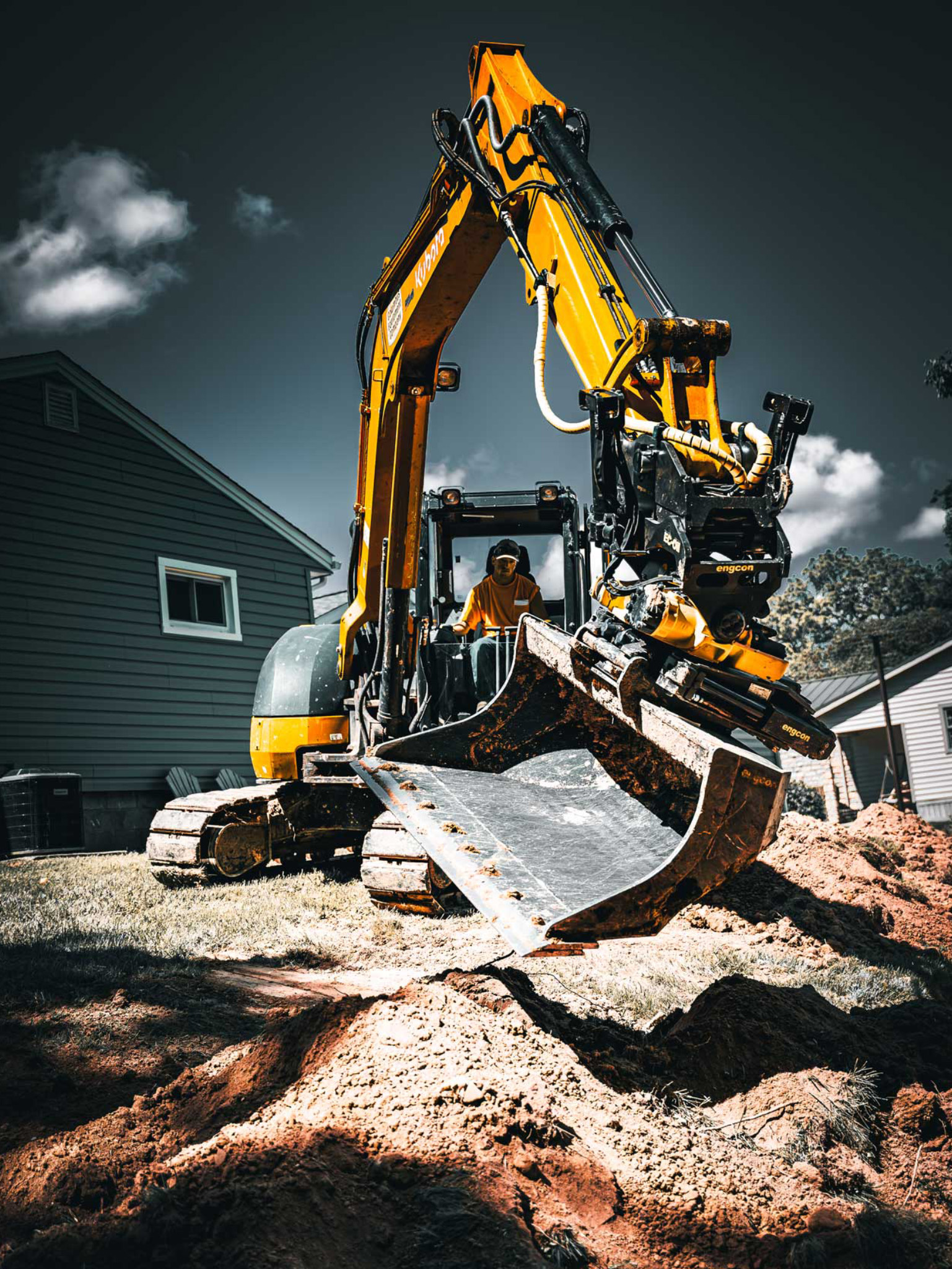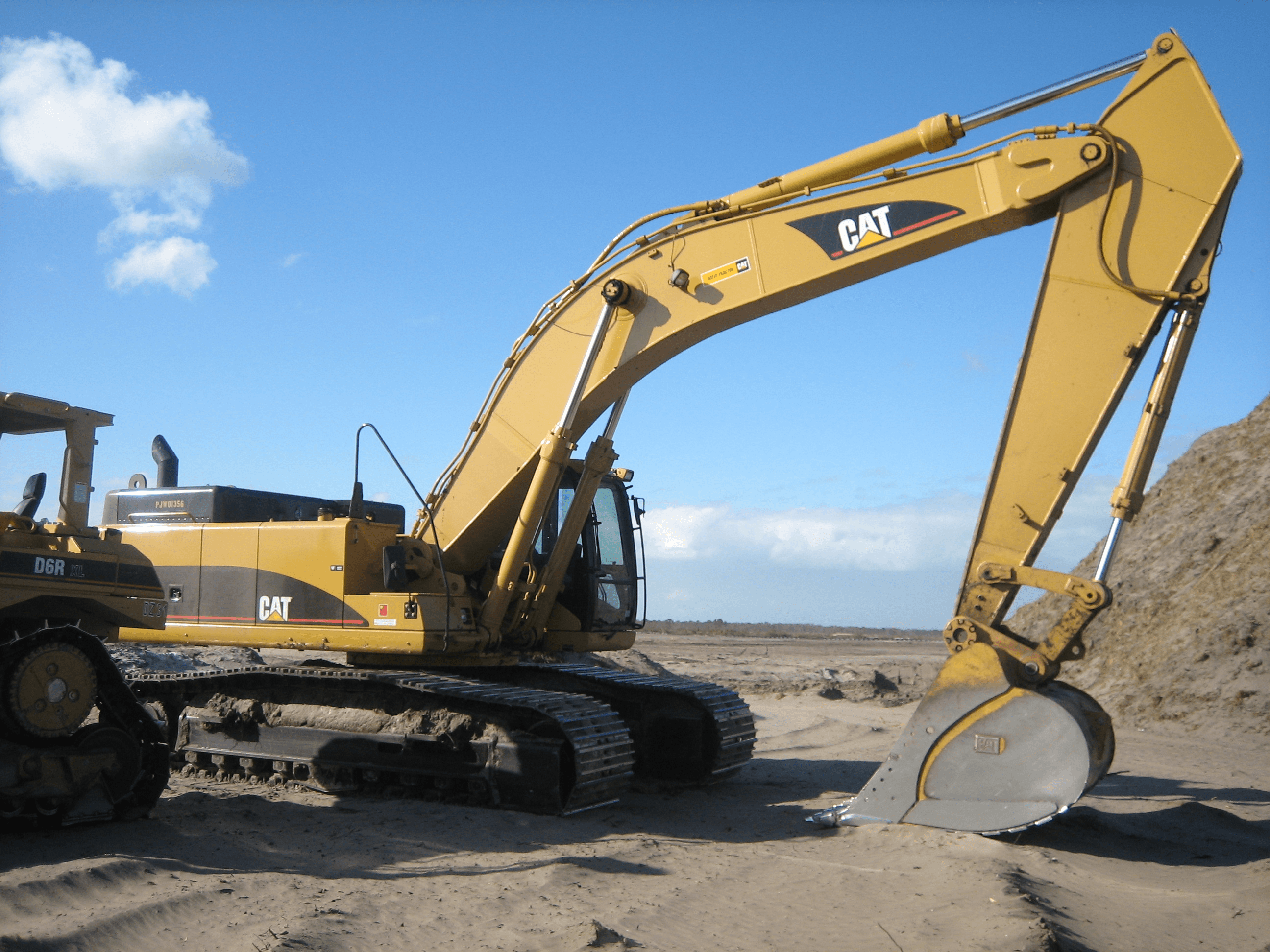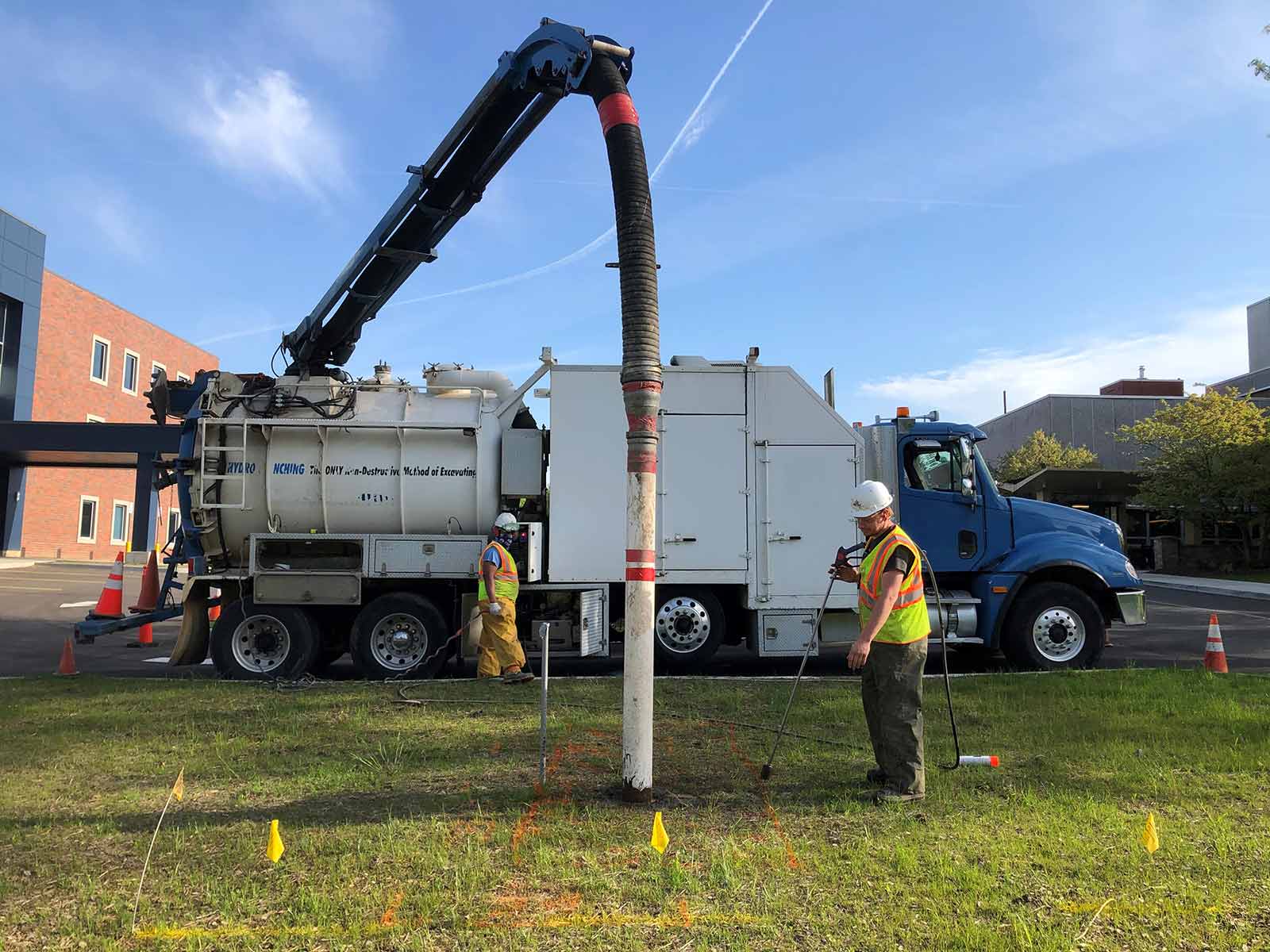Specialist Septic Ohio - Trusted Septic Tank Experts in Ohio
Wiki Article
Unveiling the Art of Excavation: Pro Tips for Safe and Effective Excavating
In the world of excavation, the mastery of productive and risk-free digging is an art form that calls for understanding, precision, and adherence to well-known methods. As soil is turned and earth is moved, the complexities of excavation reveal themselves, demanding a keen understanding of devices, dirt composition, security protocols, and ecological considerations. The expertise needed to navigate these elements properly can mean the distinction between a successful excavation job and a prospective catastrophe. By deciphering the layers of this complex process, a globe of insights and approaches waits for those seeking to boost their excavation abilities to brand-new elevations.Value of Appropriate Devices
To guarantee the safety and security and effectiveness of any type of excavation task, using the ideal tools is vital. The right tools not just improve performance however also mitigate risks connected with excavating. Excavation projects vary in scope and intricacy, ranging from small property landscaping tasks to massive building and construction endeavors. Despite the task size, having the proper devices can make a substantial distinction in the end result.Excavators are fundamental pieces of machinery in any kind of excavating procedure. These versatile equipments come in numerous sizes to suit different task needs. Tiny excavators are suitable for smaller sized jobs, while bigger excavators take on a lot more considerable projects effectively. Backhoes are an additional crucial equipment type, integrating the features of a loader and an excavator in one maker. They are useful for jobs calling for adaptability and ability to move.
Excavators stand out in tasks that require pushing big quantities of dirt or particles. By investing in the suitable devices, excavation jobs can be completed safely, on time, and with precision.
Understanding Soil Make-up
A thorough grasp of soil structure is basic for performing excavation tasks with accuracy and safety. Recognizing the various types of dirt is critical as it straight influences excavation approaches, equipment choice, and general project performance.Sand fragments are the biggest and provide excellent water drainage but offer little cohesion. Silt bits are smaller sized than sand but larger than clay, offering moderate drainage and communication. Clay bits are the smallest and give high communication but poor drainage. Raw material, such as rotting plant material, affects soil fertility and security.
Before commencing excavation, performing soil examinations to determine its make-up and features is vital. This details assists in selecting the ideal tools, carrying out safety and security procedures, and creating excavation methods customized to the specific dirt conditions - excavating ohio. By recognizing dirt composition, excavation professionals can enhance job outcomes while making certain safety and adherence to best methods
Precaution and Protocols
Comprehending soil structure is the foundation whereupon safety steps and protocols for excavation jobs are built, making certain the health of workers and the success of the undertaking. When it comes to safety and security during excavation, there are several vital measures that must be implemented to mitigate threats and prevent accidents.First and foremost, prior to any excavating starts, a complete assessment of the site should be carried out to determine any type of potential hazards such as underground utilities, unstable dirt conditions, or close-by structures that could position a risk. It is vital to have a qualified person look after the excavation procedure to guarantee that all article safety and security methods are followed purely.
Furthermore, all workers included in the excavation has to be properly trained in safe digging practices and the correct operation of devices. By sticking to these security steps and protocols, excavation tasks can be finished efficiently and without case.
Efficient Excavation Preparation
When embarking on an excavation job, thorough preparation is necessary to make sure effectiveness, safety, and successful outcomes. Effective excavation planning includes a number of essential actions that are important for the smooth implementation of the task. The primary step is to perform a comprehensive site analysis to determine any type of possible threats, such as below ground utilities or unstable dirt problems. This information is crucial for developing a detailed excavation strategy that includes safety procedures and risk mitigation methods.As soon as the website analysis is total, the following action is to Learn More Here develop a clear timeline and routine for the excavation activities. This includes identifying the sequence of tasks, tools needs, and manpower allocation. Appropriate organizing helps avoid hold-ups and guarantees that the project remains on track.

Moreover, interaction amongst all team members is critical throughout the preparation stage. Clear regulations, normal updates, and reliable control are necessary for a successful excavation project. By investing effort and time in precise planning, excavation groups can considerably enhance productivity, decrease threats, and achieve effective results.

Handling Environmental Factors To Consider
With increasing emphasis on ecological sustainability in building and construction methods, taking care of environmental factors to consider has actually ended up being an essential element of excavation tasks. Excavation tasks have the possible to affect the surrounding atmosphere with dirt erosion, sediment overflow, habitat interruption, and contamination of water resources. To minimize these threats, it is important to implement best methods that prioritize ecological protection.
Additionally, appropriate waste management is essential to avoid soil and water contamination. Carrying out procedures for the disposal of dangerous products, recycling of waste materials, and reducing the usage of hazardous chemicals can considerably reduce the ecological impact of excavation projects. By incorporating these techniques into excavation planning and execution, building business can make sure that their projects are not only safe and effective yet likewise eco accountable.
Conclusion
In verdict, grasping the art of excavation requires a complete understanding of correct tools, dirt structure, safety measures, and efficient planning. By adhering to these guidelines and taking into consideration environmental elements, excavations can be performed securely and effectively. It is vital to prioritize safety and efficiency in every digging project to make certain successful end results.As soil is turned and earth is moved, the complexities of excavation disclose themselves, requiring an eager understanding of devices, soil composition, safety methods, and ecological considerations.To guarantee the security and effectiveness of any kind of excavation job, making use of the ideal devices is critical.A comprehensive grasp of soil composition is basic for implementing excavation tasks with accuracy and security. Understanding the various types of soil is crucial as it straight influences excavation techniques, equipment choice, and general task performance. By comprehending dirt structure, excavation experts can boost job end results while guaranteeing safety and security and adherence to best practices.
Report this wiki page